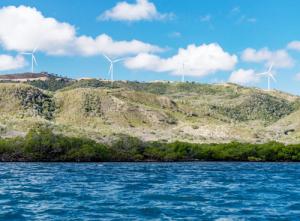Modernizing Systems to Thrive
Ipshita Nandi Banerjee is Global Communications and Gender Lead at USEA. She is a strategic communications expert with eighteen years’ experience in Public Affairs working with government, not for profit and multilateral organizations. Ipshita is specialized in organizational and development sector communications, reputation management, and leadership advisory.
The energy landscape has been evolving rapidly — playing catchup to too many years of reliance on fossil fuels and now integrating cleaner energy sources at full tilt. This shift requires a major overhaul of aging power grid infrastructure, while balancing the incorporation of new technologies and approaches to handle the variability of renewable sources.

Just when utilities were beginning to adapt to these changes, came the COVID-19 pandemic and everything turned upside down. Economies and energy demand were both hit hard, creating new problems. As power demands plummeted, utilities saw lower demands that depressed electricity prices, leading to lower revenues.
For utilities, it was no longer just about keeping the lights on and doing so without damaging the environment, but one of fast-tracking resilience and reimagination. Utilities started advancing and reforming their risk-modeling and forecasting practices. Additionally, utilities were confronted with rising customer expectations for greater control, transparency, and personalized services, with engagement increasing to over forty percent, according to a McKinsey report.

